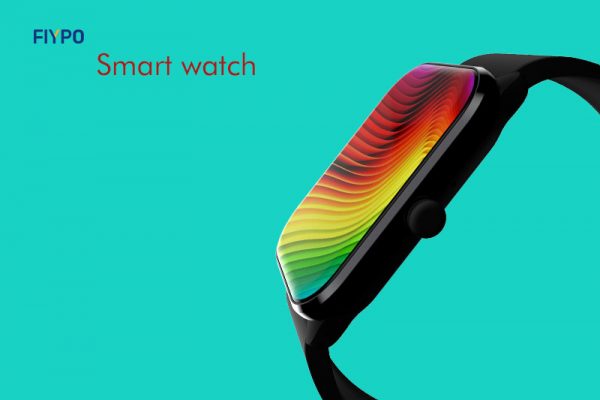We will introduce three different types of #screen technologies: AMOLED, IPS, and TFT. These technologies are the main display technologies used in modern #smartphones, #tablets, and #televisions and #samrtwatch.By understanding the differences between these technologies, you can better understand their advantages and disadvantages and make informed choices when purchasing electronic devices.

AMOLED, TFT, and IPS screens are different types of liquid crystal display technologies. They all consist of a liquid crystal layer, a backlight source, and a color filter. However, their basic principles are different.
AMOLED (Active-Matrix Organic Light-Emitting Diode) screens are based on a series of emitting organic materials. Each pixel is an emitting diode that can illuminate itself without a backlight source. This makes AMOLED screens more power-efficient, with deeper blacks and more vibrant colors.
TFT (Thin-Film Transistor) screens are a type of liquid crystal display technology, where each pixel is controlled by a thin-film transistor. The thin-film transistor can be turned on or off to control the brightness of the backlight source, thereby displaying the image.
IPS (In-Plane Switching) screens are also a type of liquid crystal display technology, where each pixel is controlled by a liquid crystal molecule. These molecules can rotate to control the degree of light passing through, displaying the image. IPS screens typically offer better color.
The biggest differences between AMOLED, TFT, and IPS screens lie in their display technology and physical structure. Specifically, their differences lie in how they produce color and contrast, as well as how they perform in different scenarios.
Here are some specific examples to illustrate the differences among them:
Color performance:
Each pixel in an AMOLED screen is a self-illuminating diode. This means that AMOLED screens can produce very vibrant, saturated colors, with deeper blacks and higher contrast. In contrast, IPS screens can produce more accurate and natural colors, but they may not be as vibrant or have as deep blacks. TFT screens’ color performance lies between AMOLED and IPS screens, typically more vibrant than IPS screens but slightly less so than AMOLED screens.
Power consumption:
Each pixel in an AMOLED screen can illuminate itself, so black pixels can be turned off to save energy. In contrast, IPS and TFT screens require a backlight, so they still consume power when displaying black. Therefore, they have higher power consumption.
Response time:
TFT screens have a shorter response time and are typically suitable for gaming and high-speed video scenarios, while IPS and AMOLED screens have slower response times and may experience motion blur and other issues.
The following table provides a clearer comparison of the technologies among the three:
Used in FIYPO smartwatch, Aurora ‘s display technology is Amoled, IPS display technology are
MotionX, Glamour SlimPulse, Skyline HeartSync.
Which display technology to the most suitable for you? It depend on different scenarios.
AMOLED screens are best suited for scenarios such as: watching movies and playing games – AMOLED screens can provide more vibrant, true-to-life colors and deeper blacks, making them ideal for watching movies and playing games. Viewing images – If you have a demand for color accuracy and saturation, AMOLED screens are also a good choice.
TFT screens are suitable for scenarios such as: gaming and high-speed video scenes – TFT screens have a fast response time and can provide smoother images, making them more suitable for gaming and high-speed video scenes. Commercial applications – If you need a large screen to display static information or text, TFT screens can be a good choice.
IPS screens are best suited for scenarios such as: editing photos and videos – IPS screens can provide more accurate and natural colors, making them suitable for editing photos and videos. Office environments – IPS screens’ wide viewing angles and accurate colors can provide a better visual experience, making them more suitable for office environments.
After understanding the pros and cons of these different types of screen technologies, we can make a more informed decision on choosing the electronic device that best suits our needs. Whether you are purchasing a new device or upgrading an old one, selecting the right screen technology can have a significant impact on your user experience. If you feel that this article can help you and your friends, please share or like it. Thank you.